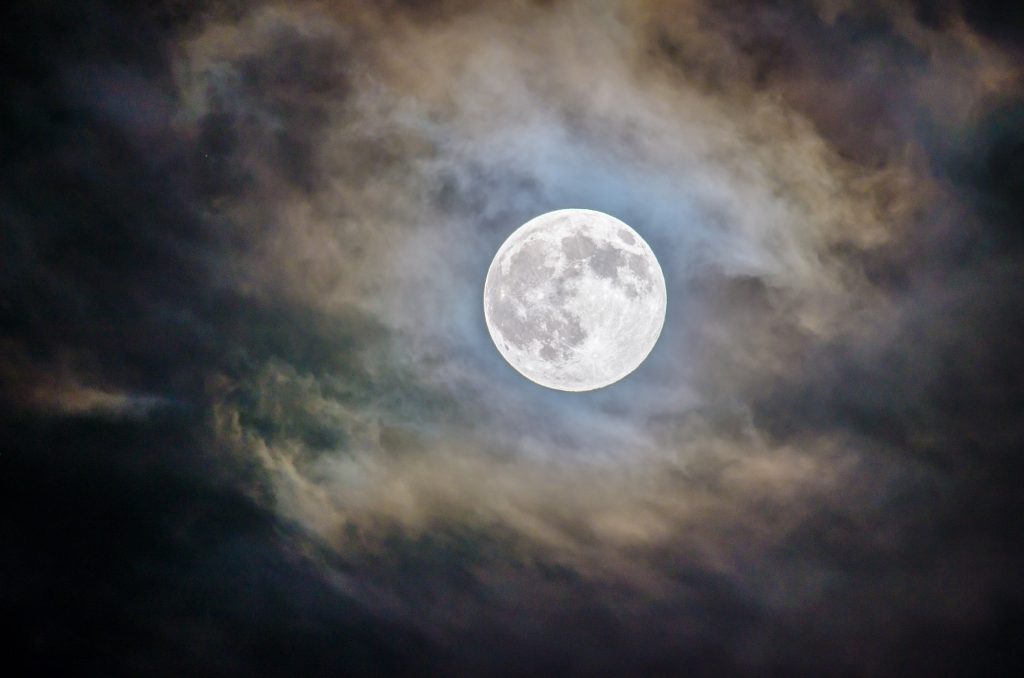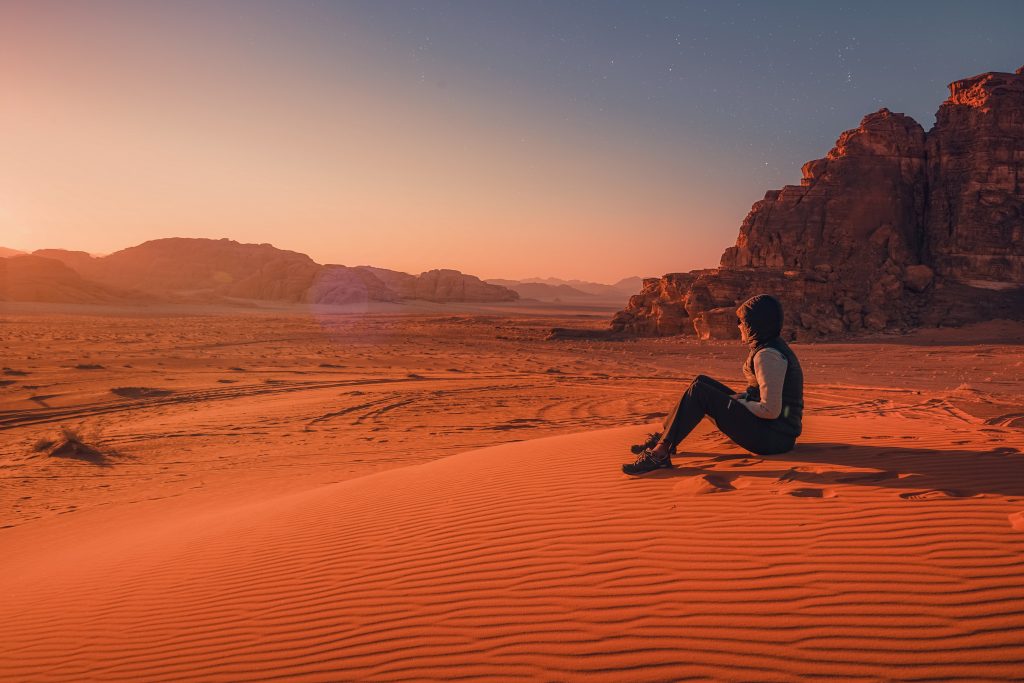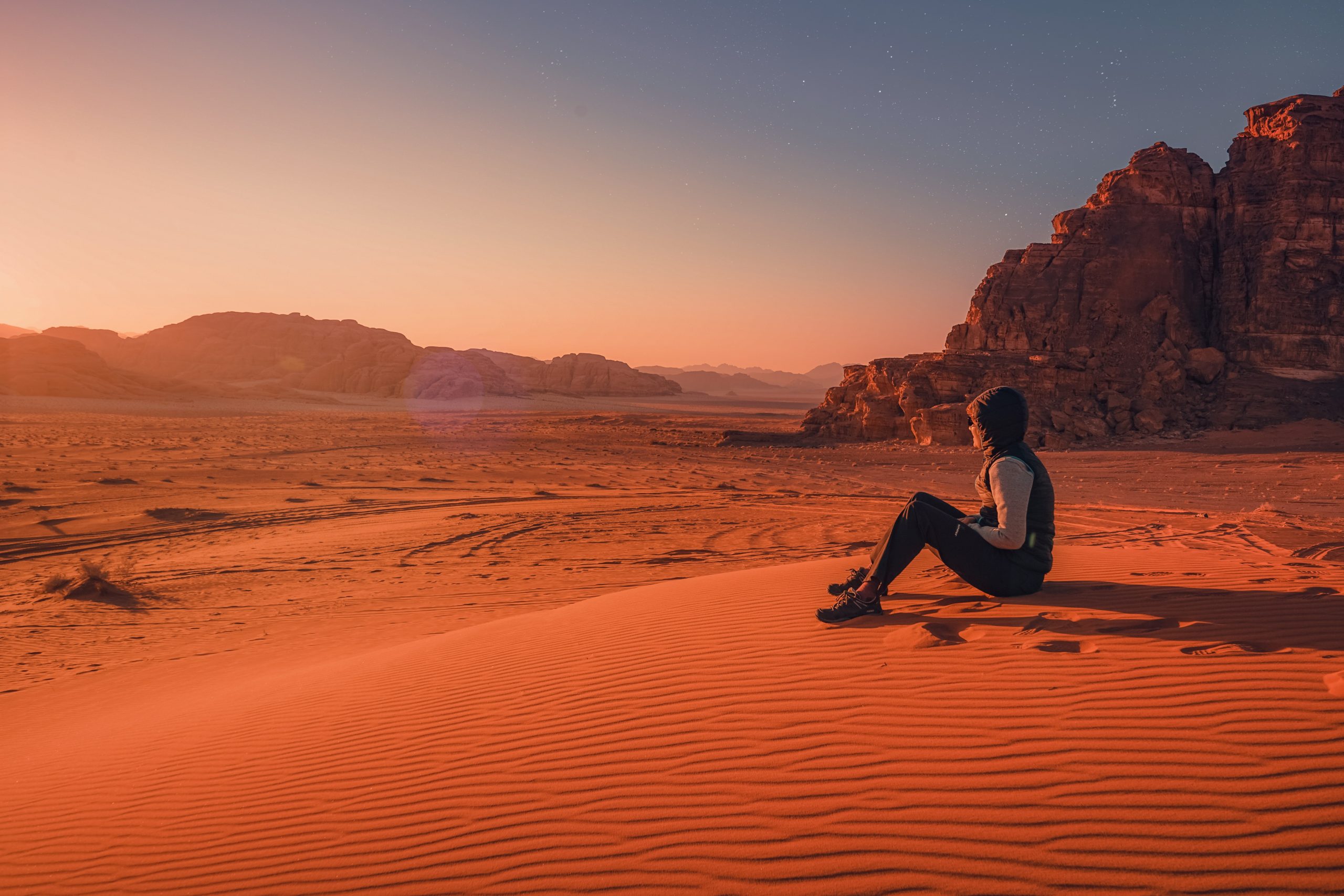Have you ever gone out on a gorgeous clear night in an area away from streetlights and just looked at the moon and stars? Do you remember your sense of the wonder of it all? In this article we are going to cover some ways to explore the moon, solar system, and stars right from your own home.

Looking Up
The best way to start any scientific endeavor is to simply take a look. Observing the night sky will raise your child’s interest and start the questions flowing. Check the newspaper for the weather, phase of the moon and local times when the moon will rise and set. Take your children out on a clear night with a pair of binoculars or a telescope, if available. Try to find an area away from lights. Look at the moon. Search for the planets. Look for constellations (clusters of stars that make recognizable shapes). Explain to your children that the moon is bright, so don’t stare at it with binoculars for too long. This might be a good time to remind your children to never look directly at the sun during the day either, especially with a telescope or binoculars. Sunlight from the sun, or even the reflected sunlight from a bright moon, can cause severe eye damage.
Observations
A flashlight is helpful to point to distant objects in the sky. Look for objects that are red or blue instead of white. Can you see that the second “star” from the end of the handle in the Big Dipper is actually two stars? Have your children find groups of stars that seem to go together and make up their own constellations. Our family recognizes the earthworm, the blimp and the vacuum cleaner. A flashlight covered with a red filter (such as red tissue paper or plastic wrap) will make it easier to see to draw your constellations on paper. When our eyes are exposed to bright lights, even briefly, it takes a few minutes to regain our night vision. The red filter will provide enough light to see the paper but not enough to interfere with night vision.
If your children are hungry for information, a good, but older and hard to find “field guide to the heavens” is the Whitney Star Finder by Charles Whitney. It even contains a chart for finding constellations based on season and location. DK books has a newer version in paperback and Kindle formats. Or you can find instructions to make a star finder at NASA’s Space Place.

The Moon
Before modern times, many people wondered about the moon and its phases. Many tales were woven to explain this marvel. You might want to have a book or two on hand to help talk about it, such as Faces of the Moon by Bob Crelin and illustrated by Leslie Evans, Moon! Earth’s Best Friend by Stacy McAnulty and illustrated by Stevie Lewis or The Moon Seems to Change (Let’s-Read-and-Find-Out Science 2) by Franklyn M. Branley and illustrated by Barbara & Ed Emberley. See a growing list of children’s books about the moon and lunar landings at Science Books for Kids.
The most obvious features on the face of the moon are the impact craters. Your children can create and study craters. Fill a large pan or mixing bowl or deep pan (preferably unbreakable) halfway with colorful flour, such as whole wheat or corn meal. Then gently add a layer (an inch or so) of white flour. Take the bowl outside, if possible, and set it on a flat surface. Have your kids stand on a secure chair or stepladder and drop various round objects into the flour. The results should be some interesting craters and splash patterns, which are the patterns of debris shot out of the crater with impact.
Making an model of the phases of the moon using Oreo cookies is sure to be a memorable project
The Planets

Start to introduce the planets with our neighbor, Mars. Even a small telescope may be enough to see the ice caps and dark markings on the planet’s surface. There are many, many opportunities to explore online, for example NASA’s Mars exploration program has all the newest information https://mars.nasa.gov/
One simple way to study the planets is to create a mobile or poster of the solar system. How complicated a project this can be will depend on the age and interests of your child. Use your imagination. We have made early models of the solar system (and constellations too) using piles of soapsuds or shaving cream on the bathroom mirror.
You can find a solar system to print in the PAXI Fun Book.
Or buy a kit – Peachy Keen Crafts DIY Make Your Own Solar System Mobile Kit – Complete Planet Model Set for Kids
When the mobile is completed, ask some questions. Why do we have night and day? What is an eclipse? Why do we have seasons? A sophisticated model can help answer some of these questions.
For a list of children’s books about the planets/solar system see Science Books for Kids.
Stars and Galaxies
Did you know that stars have cycles, some forming and others waning over time?
Stars begin as clusters of gases and dust known as nebulae (think of them as giant dust bunnies in space). Due to gravity, the clusters start to form clumps. The clumps shrink, getting smaller and denser until nuclear reactions start. When the reactions have generated enough heat, the clump of dust and gas becomes a star.
Most stars are also clustered, moving together in groups called galaxies. Space Place has instructions for making a cool galaxy pinwheel or making a galactic mobile.
See the list of children’s books about Stars and Galaxies at Science Books for Kids.

As you can see, the exploration of space can lead in many different directions. And there are still many questions to be answered.
Hope you and your children “blast-off” soon!
Additional activities:
Is your teenager ready for more complex activities? How about a project to design a spacesuit for the surface of Mars, or even better, Venus? Investigate the controversy whether Pluto is really a planet. Figure out a better calendar after checking how others have done it. Investigate what plants would grow in a futuristic space station and how to make food from them. The possibilities for exciting projects are endless.
Finally, a trip to a cool planetarium may be just what your family needs on a hot summer day.
Additional Websites:
For more information, check out the European Space Agency’s Website for Kids.
Roberta Gibson worked for a number of years as an entomologist before she caught the writing bug. Her debut picture book “How to Build an Insect” was released in April 2021. You can visit her at https://robertagibsonwrites.com/ , Growing with Science Blog, Twitter @RobertaGibson, or Instagram @RobieGibson.
Copyright June 2001, June 2021
Originally published in July/August 2001 issue of HELM (Home Education Learning Magazine).

